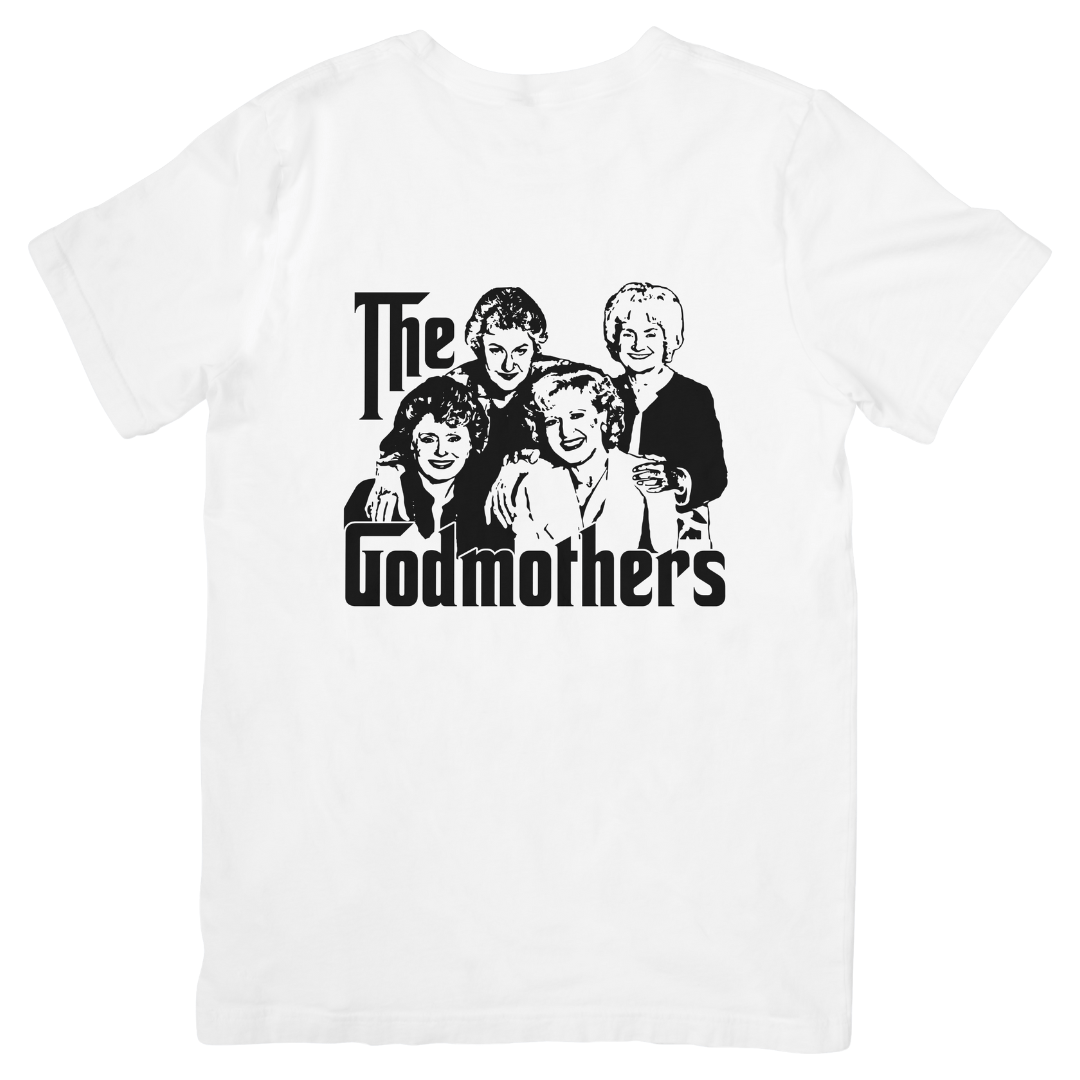Blog
From Debt to Don: The Origins of The Godfather
Hundreds of gangster films have been made in Hollywood, but The Godfather remains a standout, offering a deeply insightful and gritty take on the Cosa Nostra, mafia life, and the intertwined worlds of gangsters, opportunists, and businessmen. What makes it even more fascinating are the behind-the-scenes stories surrounding its production.
Paramount Studios saw promise in The Godfather even before Mario Puzo’s novel was fully published, acquiring the rights while it was still a manuscript titled Mafia. Despite the early excitement, the road to the movie’s release was filled with significant obstacles. One of the most infamous moments involved the Colombo crime family, who objected to the film’s portrayal of the mafia and threatened the production. However, thanks to producer Al Ruddy’s negotiations, particularly with crime figure Joe Colombo, the movie was allowed to continue filming.
Director Francis Ford Coppola faced his own challenges during the shoot. Some crew members clashed with him, while studio executives frequently second-guessed his casting choices. For instance, they were initially against the casting of Marlon Brando and Al Pacino, believing they were not marketable enough. Coppola fought to keep his vision intact, which eventually paid off.
The film, released in 1972, was not only a box office hit, grossing nearly $300 million, but also a critical sensation, earning ten Oscar nominations and winning three, including Best Picture. The film’s success changed the lives of its cast and crew. Brando’s career saw a revival, and Pacino became a household name. Coppola himself went from an underrated filmmaker to one of the most respected directors in Hollywood.
An interesting backstory to the film is Mario Puzo’s financial situation at the time he sold the adaptation rights. Despite his agent advising him against it, Puzo sold the rights to Paramount for $12,500 with an additional $80,000 if the film was made, mainly due to his significant gambling debts. Paramount’s Robert Evans, after a personal meeting with Puzo, agreed to provide an advance of $10,000 to help the author settle some of his debt.
Puzo’s relationship with the mafia world he wrote about went beyond fiction. His gambling addiction mirrored the vices portrayed in The Godfather, making his connection to the story even more personal. His son, Antony Puzo, later recalled how the family struggled financially during this period, as Puzo had expensive tastes despite limited means. Thankfully, the success of The Godfather novel changed their financial situation, as it stayed on The New York Times Best Seller list for 67 weeks and sold over nine million copies in two years.
However, Puzo’s family later felt he had been underpaid for the film rights. In 2012, his estate filed a lawsuit against Paramount, claiming the studio had made approximately $1 billion from the franchise while paying Puzo relatively little. This legal dispute came after Paramount sued the estate to stop the publication of The Family Corleone, a prequel to The Godfather. Ultimately, both parties settled the matter, with Paramount retaining rights to the film franchise and the estate gaining the ability to publish the book.
The Godfather remains a defining film of its genre, not only for its storytelling but for the tumultuous journey from manuscript to movie. It stands as a testament to the dedication of its creators and the chaotic process that sometimes produces a masterpiece.
We bring out some of the most well-known The Godfather collection, all of which are available at reasonable costs. Visit our link now if you are interested in the Godfather collection





